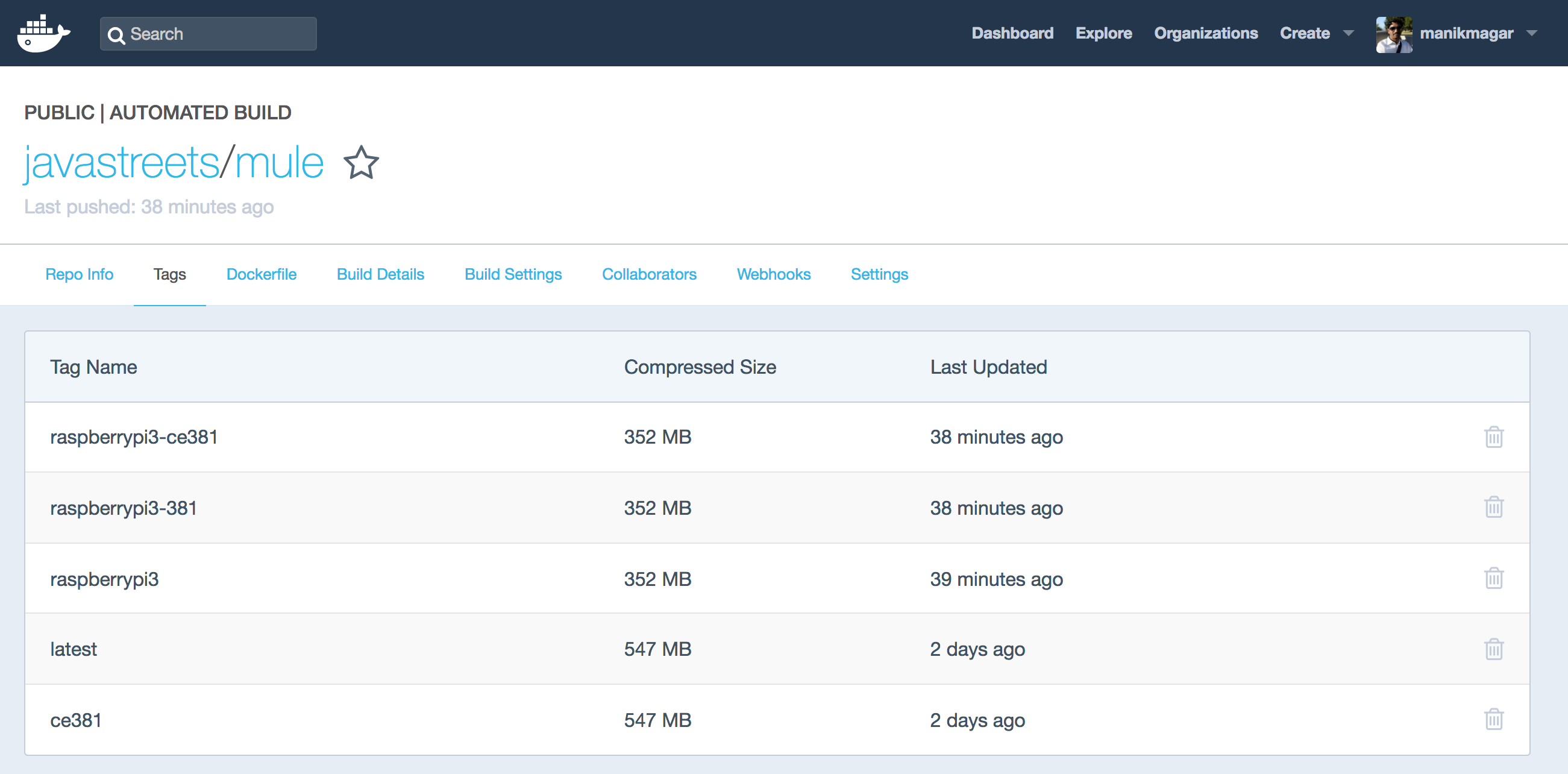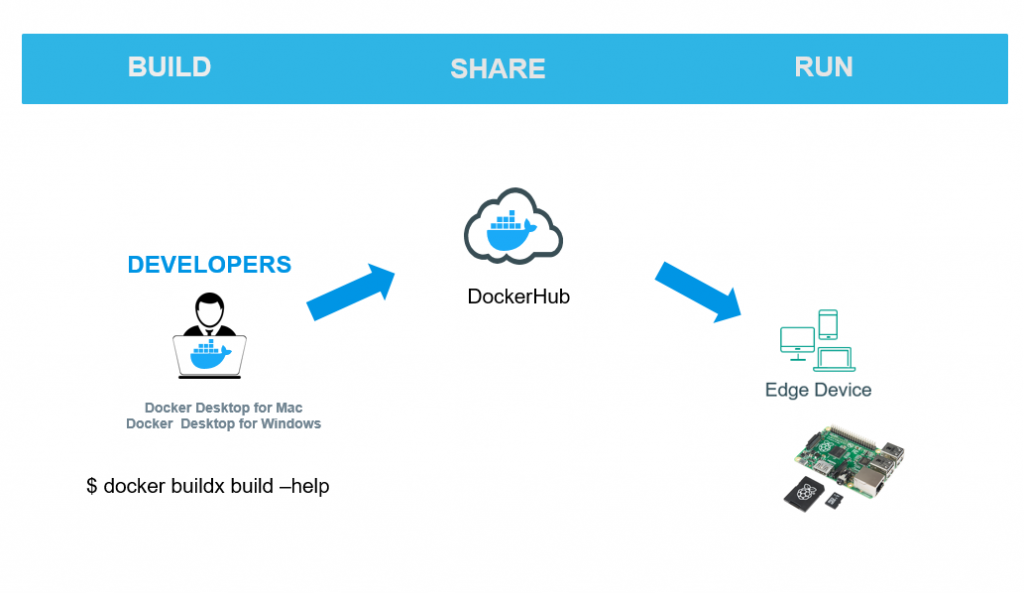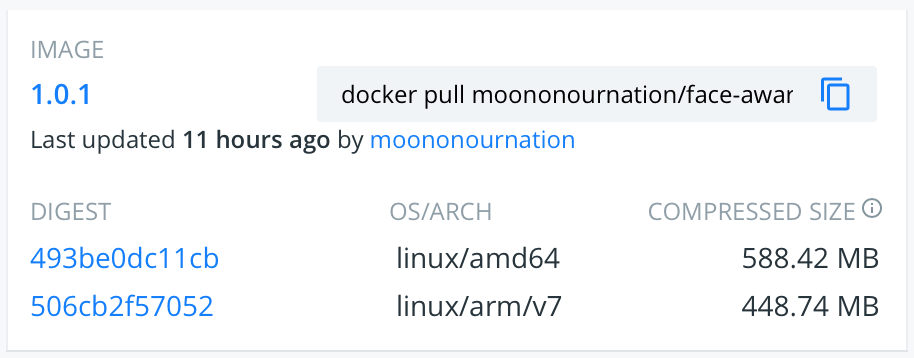netPI is a Raspberry Pi 3 B architecture based platform for implementing Cloud, Internet of Things and Industry 4.0 customized Edge Automation projects safely over containerized software utilizing Docker. Hilscher designed it in cooperation with Element14, the Raspberry manufacturer, and upgraded it specially for industrial use. Its single-circuit board combines the Pi 3 B circuitry, its standard interfaces, Hilscher's multi-protocol Industrial Network SoC netX plus two extra Industrial Ethernet ports. By design netPI's overall software architecture complies with the Cyber Security Standard IEC 62443 for Industrial Automation and Control Systems to counter threats such as unauthorized accesses, software manipulation and eavesdropping and relies on a security enhanced Linux. Default access for configuring and managing it is granted via a web-based GUI. Additional software and applications can only be applied by accredited users using the preinstalled Docker virtualization environment in isolated and safe containers to be inline with the security concept.
2 weeks back in Dockercon 2019 San Francisco, Docker & ARM demonstrated the integration of ARM capabilities into Docker Desktop Community for the first time. Docker & ARM unveiled go-to-market strategy to accelerate Cloud, Edge & IoT Development. These two companies have planned to streamline the app development tools for cloud, edge, and internet of things environments built on. NetPI is Hilscher's Raspberry Pi 3 architecture based platform for implementing Cloud, Internet of Things and Industry 4.0 customized Edge Automation projects safely over containerized software utilizing Docker specially suited for industrial use. Its single-circuit board combines the Pi 3 circuitry, its standard interfaces, Hilscher's multi-protocol Industrial Network SoC netX plus two extra. One way you can use Raspberry Pi and Docker together is for Swarm. Used together, they can create a computer cluster. With Swarm containers on a bunch of networked Raspberry Pis, you can build a powerful machine and explore how a Docker Swarm works. Alex shows you how in this video.
Estimated reading time: 5 minutes
Docker containers are lightweight, especially compared to virtual machines. This feature is especially valuable if you are a Raspberry Pi user. If you need help installing Docker on your Raspberry Pi, read our step-by-step guide on how to install Docker on Raspberry Pi. The database that is being used in the docker-compose file on the site isn’t compatible with ARM processors, so we’ll need to change that in a bit. But first, we need to get logged in to our Raspberry Pi’s Portainer. This tutorial assumes that you already have Docker and Portainer installed, most likely via OpenMediaVault.
Docker images can support multiple architectures, which means that a singleimage may contain variants for different architectures, and sometimes for differentoperating systems, such as Windows.
When running an image with multi-architecture support, docker willautomatically select an image variant which matches your OS and architecture.
Most of the official images on Docker Hub provide a variety of architectures.For example, the busybox image supports amd64, arm32v5, arm32v6,arm32v7, arm64v8, i386, ppc64le, and s390x. When running this imageon an x86_64 / amd64 machine, the x86_64 variant will be pulled and run.
Docker Desktop provides binfmt_misc multi-architecture support,which means you can run containers for different Linux architecturessuch as arm, mips, ppc64le, and even s390x.
This does not require any special configuration in the container itself as it usesqemu-static from the Docker forMac VM. Because of this, you can run an ARM container, like the arm32v7 or ppc64levariants of the busybox image.
Docker Container Platform for Windows articles and blog posts on the Docker website. Install Docker Desktop on Windows. Double-click Docker Desktop Installer.exe to run the installer. If you haven’t already downloaded the installer (Docker Desktop Installer.exe), you can get it from Docker Hub. Install docker community edition ubuntu.
Buildx (Experimental)
Docker is now making it easier than ever to develop containers on, and for Arm servers and devices. Using the standard Docker tooling and processes, you can start to build, push, pull, and run images seamlessly on different compute architectures. Note that you don’t have to make any changes to Dockerfiles or source code to start building for Arm.
Docker introduces a new CLI command called buildx. You can use the buildx command on Docker Desktop for Mac and Windows to build multi-arch images, link them together with a manifest file, and push them all to a registry using a single command. With the included emulation, you can transparently build more than just native images. Buildx accomplishes this by adding new builder instances based on BuildKit, and leveraging Docker Desktop’s technology stack to run non-native binaries.
For more information about the Buildx CLI command, see Buildx.


Install
Docker Hub Raspberry Pi
Download the latest version of Docker Desktop.
Follow the on-screen instructions to complete the installation process. After you have successfully installed Docker Desktop, you will see the Docker icon in your task tray.
Click About Docker Desktop from the Docker menu and ensure you have installed Docker Desktop version 2.0.4.0 (33772) or higher.
Build and run multi-architecture images

Run the command docker buildx ls to list the existing builders. This displays the default builder, which is our old builder.
Create a new builder which gives access to the new multi-architecture features. Google play on macbook.
Alternatively, run docker buildx create --name mybuilder --use to create a new builder and switch to it using a single command.

Switch to the new builder and inspect it. Cara download youtube di mac pake chrome.
Test the workflow to ensure you can build, push, and run multi-architecture images. Create a simple example Dockerfile, build a couple of image variants, and push them to Docker Hub.
Where, username is a valid Docker username.
Notes:
- The
--platformflag informs buildx to generate Linux images for AMD 64-bit, Arm 64-bit, and Armv7 architectures. - The
--pushflag generates a multi-arch manifest and pushes all the images to Docker Hub.
Inspect the image using imagetools.
The image is now available on Docker Hub with the tag username/demo:latest. You can use this image to run a container on Intel laptops, Amazon EC2 A1 instances, Raspberry Pis, and on other architectures. Docker pulls the correct image for the current architecture, so Raspberry Pis run the 32-bit Arm version and EC2 A1 instances run 64-bit Arm. The SHA tags identify a fully qualified image variant. You can also run images targeted for a different architecture on Docker Desktop.
You can run the images using the SHA tag, and verify the architecture. For example, when you run the following on a macOS:
In the above example, uname -m returns aarch64 and armv7l as expected, even when running the commands on a native macOS developer machine.

Docker Hub Raspberry Pi Os
mac, Multi-CPU architecture support